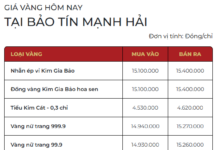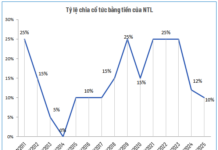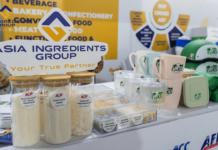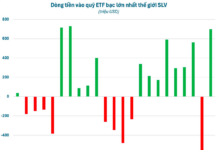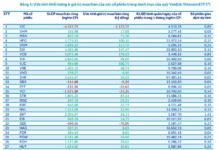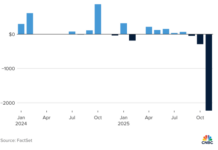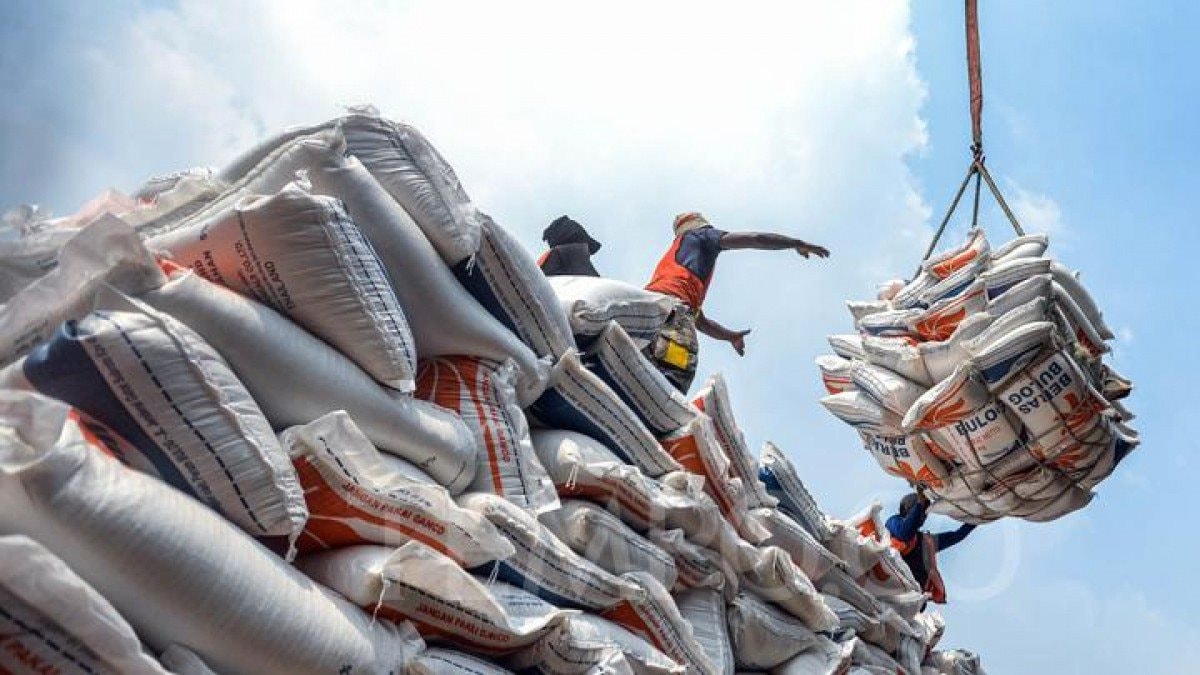
Vietnam’s diverse range of products have achieved remarkable export turnover in the past 11 months. Illustrative image.
This information was presented at the Conference on Promoting Agricultural, Forestry, and Aquatic Product Exports organized by the Ministry of Agriculture and Rural Development on December 16.
According to the report by the Ministry of Agriculture and Rural Development, 2024 marks a breakthrough year for Vietnam’s agricultural sector, both in terms of production and exports. Specifically, the estimated export turnover of agricultural, forestry, and aquatic products reached USD 62.4 billion, a more than 18% increase compared to 2023. Notably, Vietnam achieved a record trade surplus of USD 18.6 billion.
There were 11 product categories from Vietnam that maintained an export turnover of over USD 1 billion. Notably, seven categories reached a turnover of over USD 3 billion, such as wood and wooden products with approximately USD 16 billion; fruits and vegetables with USD 7.1 billion; rice with an export turnover of USD 5.8 billion; and coffee with USD 5.4 billion…
In terms of market performance, in the first 11 months of 2024, the United States surpassed China to become the largest export market for Vietnam’s agricultural, forestry, and aquatic products, with a turnover of USD 12.3 billion; China ranked second with USD 12.2 billion; followed by the EU, Japan…
Mr. Nguyen Anh Phong, Deputy Director of the Institute of Policy and Strategy for Agriculture and Rural Development, stated that domestic agricultural production remains stable, and the export of agricultural products is expected to grow well in the first quarter of 2025. This context is due to the predicted increase in global demand for food and agricultural products, as well as supply disruptions in many countries affected by armed conflicts and commercial competition among major economies.
Regarding market opportunities, Mr. Nguyen Anh Phong believes that the United States, with its large population and high consumption needs, still offers significant growth potential for Vietnamese products, especially in the areas of seafood, wooden furniture, coffee, pepper, and tropical fruits.
As for the Chinese market, the demand for fruits and vegetables and aquatic products in this country is also expected to increase significantly. Specifically, fruits and vegetables are projected to grow by 6.64%/year, and aquatic products by 7.56%/year in the period from 2024 to 2029.
Additionally, in the coming years, Vietnamese agricultural products will have more opportunities to expand into potential markets such as the Middle East and some African countries.
What are the challenges for Vietnam’s agricultural exports?
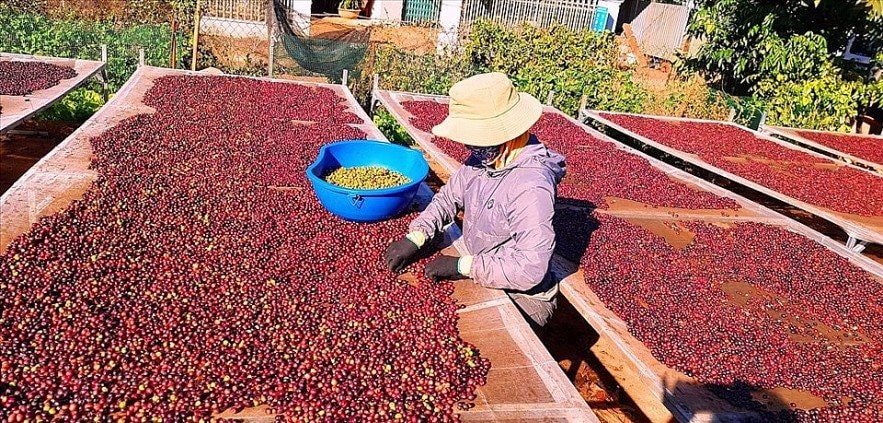
Coffee is one of the products with an export turnover of USD 5.4 billion in the first 11 months of 2024. Illustrative image.
According to experts, in the coming time, geopolitical fluctuations, military conflicts, and especially the re-election of President Donald Trump will pose no small challenges to Vietnam’s agricultural export activities.
Specifically, these challenges may arise from protectionist policies with high tariff barriers, increasingly stringent technical regulations, and requirements for green and sustainable development being imposed on many countries exporting agricultural, forestry, and aquatic products. Vietnam is among the countries affected by these changes.
According to Mr. Le Thanh Hoa, Deputy Director of the Department of Quality Management, Processing, and Market Development, to adapt to these new challenges, relevant sectors, localities, industry associations, and businesses need to continue promoting the restructuring of the agricultural sector; at the same time, prioritize the development of key industries such as rice, seafood, and fruits and vegetables, focusing on improving quality and efficiency.
Additionally, it is crucial to ensure a plentiful supply of domestic food and agricultural products to help control inflation and actively implement the tasks and solutions proposed in the Project for 1 million hectares of high-quality rice fields.
In particular, we need to develop large raw material regions, clusters linking agricultural production, processing, and consumption. Furthermore, enhancing the quality, value, and competitiveness of agricultural products in both domestic and international markets is essential, along with building value chains for each type of agricultural product, coupled with the development of logistics infrastructure.
The Unstable Price of ‘White Gold’: A Story of Struggling Divers
Vietnam has been recognized for its potential to excel in the salt industry. However, the predominant manual production methods and the dispersed nature of small-scale salt farmers have resulted in low salt yield and quality. To break free from poverty, it is imperative to focus on multiple crucial objectives outlined in the plan for the development of the salt industry by 2030.
Unleashing Quang Ngai’s Economic Growth Potential: A Revitalization Strategy
As a region of significant strategic importance, Quang Ngai is focused on revitalizing its traditional growth drivers while fostering new ones.
The Art of Drafting: Crafting a Compelling Title for “Finalizing the Draft Decree on Policies for Officers during the Streamlining of Apparatus”
According to Minister Pham Thi Thanh Tra, regarding policies for officers, civil servants, and public employees in the context of organizational restructuring, the Ministry of Home Affairs has finalized the draft decree. The decree has been reported to the Party Committee and the Government’s Steering Committee for a report to the Politburo in the nearest time.
Supplementing VEC’s Charter Capital: What Did Deputy Prime Minister Ho Duc Phoc Have to Say?
On the afternoon of December 10th, at the Government Headquarters, Deputy Prime Minister Ho Duc Phoc had a working session with the Vietnam Expressway Corporation (VEC), the State Capital Management Committee, and relevant ministries and sectors. The discussion focused on two key agenda items: exploring options to supplement VEC’s chartered capital and determining the timeline for repaying the principal and interest of VEC’s government-guaranteed bonds.








